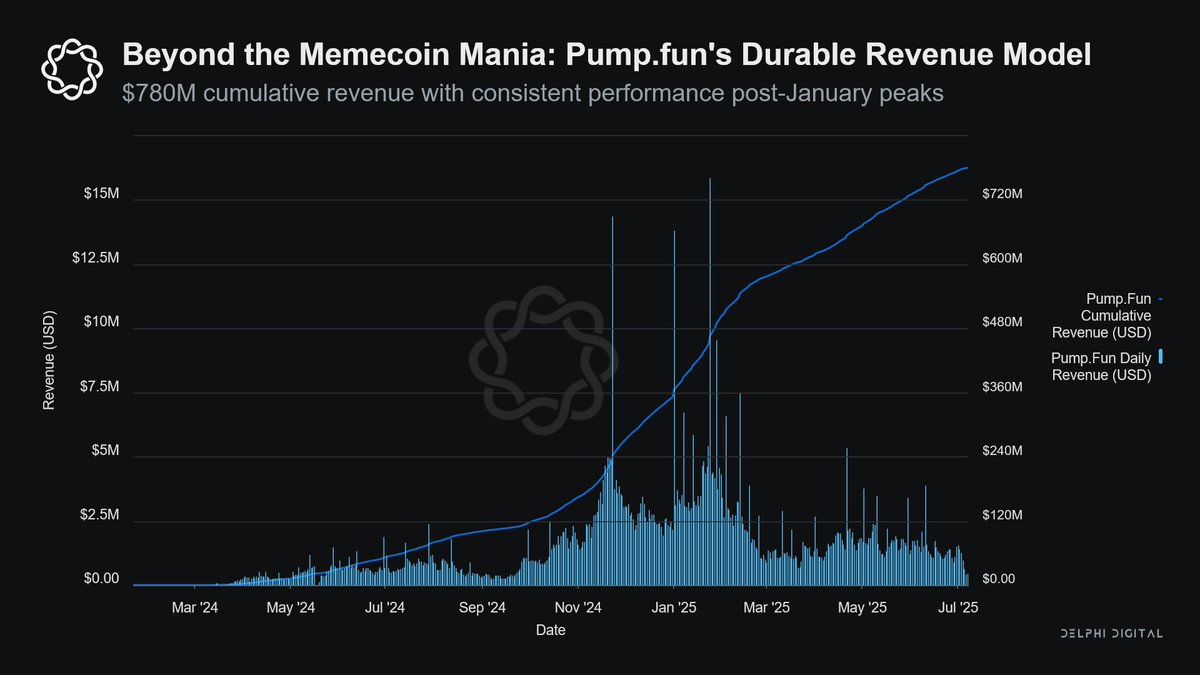Imagine DeFi apps with access to liquidity, near-instant finality, and integrated spot and perpetual order books within a unified ecosystem.
HyperEVM makes this possible on @HyperliquidX.
🧵
HyperEVM makes this possible on @HyperliquidX.
🧵

1/ Since the airdrop, Hyperliquid has grown from 6% to around 67% of the perp DEX market.
Cumulative inflows have hit a new ATH of $2.42B, highlighting Hyperliquid's impressive growth after the points farming era.
This demonstrates Hyperliquid's ability to retain and grow market share without future incentives.
Cumulative inflows have hit a new ATH of $2.42B, highlighting Hyperliquid's impressive growth after the points farming era.
This demonstrates Hyperliquid's ability to retain and grow market share without future incentives.

2/ One goal of Hyperliquid is to expand to an EVM-compatible chain. As an extension of this, Hyperliquid has launched HyperEVM.
HyperEVM integrates Ethereum’s Virtual Machine directly into Hyperliquid’s high-performance L1, allowing apps to leverage native liquidity.
HyperEVM integrates Ethereum’s Virtual Machine directly into Hyperliquid’s high-performance L1, allowing apps to leverage native liquidity.
3/ HyperEVM’s dual-block architecture features frequent small blocks every 2 seconds for rapid transactions and larger blocks every minute for complex operations.
For users, this means fast confirmations for both simple and complex transactions.
For users, this means fast confirmations for both simple and complex transactions.

4/ Powered by HyperBFT (HotStuff-based consensus), HyperEVM achieves instant transaction finality (~0.2 sec) which outperforms most EVM-compatible chains.
Unlike probabilistic finality models, HyperBFT ensures transactions are final as soon as validators reach consensus—eliminating reorg risks and improving UX.
Unlike probabilistic finality models, HyperBFT ensures transactions are final as soon as validators reach consensus—eliminating reorg risks and improving UX.
5/ HyperEVM Adoption
• Approximately 30k accounts have been created to date
• Around 16k active users weekly
• Ranks 10th among EVM chains for fees generated over the past 7 days (Source: Nansen)
Growth has been modest so far due to the novelty of HyperEVM which could change as more functionality is added.
• Approximately 30k accounts have been created to date
• Around 16k active users weekly
• Ranks 10th among EVM chains for fees generated over the past 7 days (Source: Nansen)
Growth has been modest so far due to the novelty of HyperEVM which could change as more functionality is added.
6/ Token Burns
The HyperEVM gas model burns transaction fees which creates deflationary pressure on HYPE.
This model strengthens tokenomics and aligns incentives across the ecosystem.
The HyperEVM gas model burns transaction fees which creates deflationary pressure on HYPE.
This model strengthens tokenomics and aligns incentives across the ecosystem.
https://twitter.com/1323263916693225472/status/1897441820579389662
7/ HyperEVM ecosystem is growing with projects like:
@felixprotocol: Developing a mobile app to help onboard newcomers to HL and HyperEVM DeFi.
@hlnames: HL naming service similar to ENS
@hyperunit: Enables non-native asset issuance through a lock-and-mint bridging system.
@hypurrfi: Money market protocol on HyperEVM.
@HyperSwapX: AMM that has crossed $1M in TVL.
@felixprotocol: Developing a mobile app to help onboard newcomers to HL and HyperEVM DeFi.
@hlnames: HL naming service similar to ENS
@hyperunit: Enables non-native asset issuance through a lock-and-mint bridging system.
@hypurrfi: Money market protocol on HyperEVM.
@HyperSwapX: AMM that has crossed $1M in TVL.

8/ Challenges
There are some challenges with HyperEVM worth noting.
• Success shifts from HL's core team to third-party devs which raises execution risk.
• Competition is strong which could make it difficult to attract high-caliber teams compared to Monad, MegaETH, Initia.
• Limited primitive apps remain beyond the existing perps & spot DEX.
There are some challenges with HyperEVM worth noting.
• Success shifts from HL's core team to third-party devs which raises execution risk.
• Competition is strong which could make it difficult to attract high-caliber teams compared to Monad, MegaETH, Initia.
• Limited primitive apps remain beyond the existing perps & spot DEX.
To receive an objective analysis on Hyperliquid, read our research report below.
delphi.link/Hyperliquidana…
delphi.link/Hyperliquidana…
• • •
Missing some Tweet in this thread? You can try to
force a refresh


























